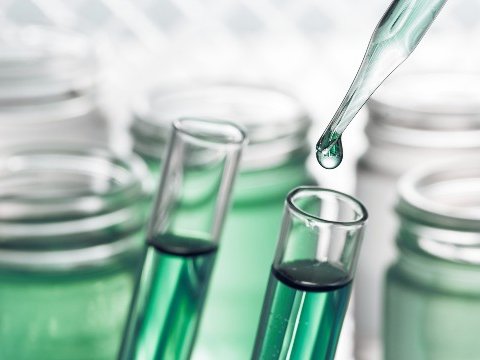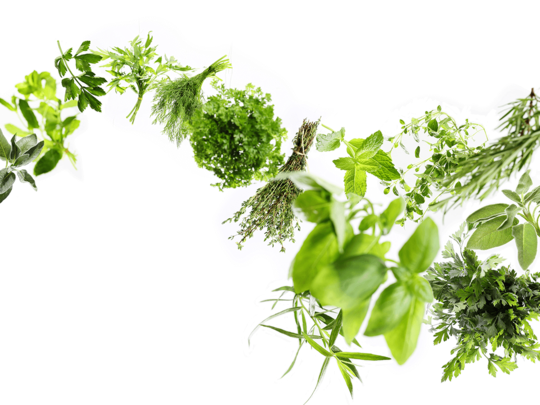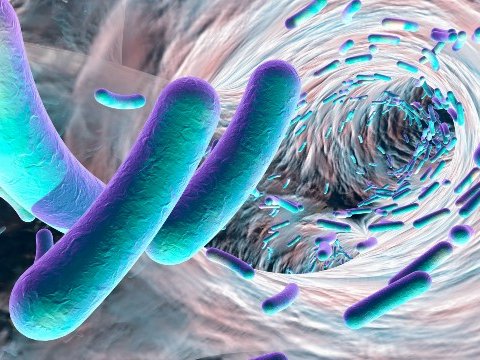Plant derived AGP alternatives: Phytogenic substances show promising results against bacterial biofilm formation
This time something new on our blog: We are very pleased to present you one of our latest publications. The study on "Effects of phytogenic substances on growth and biofilm formation of E. coli and Salmonella field isolates", conducted in cooperation with AGES , was recently published in “Die Bodenkultur” - Journal of Land Management, Food and Environment. Today we introduce a small excerpt from the paper to you, but for those who are more interested in this topic, we have a direct link to the full paper at the end of this entry - it´s worth a click.

"The discovery of antibiotics has been a significant achievement in combatting bacterial diseases. Unfortunately, their widespread use led to the development and dissemination of many bacterial strains with resistance to clinically important antibiotics. Especially multi-resistant strains pose a threat to public health due to increasingly limited options in their treatment. To curb this development and guarantee the efficiency of life-saving antibiotics in the future, strategies to minimize the spread of antibiotic resistance need to be employed.
One crucial aspect in this context is the use of antibiotics in livestock production. In addition to their pharmaceutical application to both prevent and treat bacterial infections, antibiotics have long been used as antimicrobial growth promoters (AGP) in animal nutrition. However, antibiotics are increasingly banned as AGP to minimize the risk of antibiotic resistance development within the livestock industry."
Plant-derived bioactive compounds are well on track

"Consequently, alternatives to AGP are increasingly being sought to prevent loss of productivity or increase intestinal and systematic bacterial infections in animal husbandry. One group of potential candidates are plant-derived bioactive compounds. This group of substances has no clear definition in the literature and several different terms such as phytogenics, phytochemicals, or botanicals are used for their description. In this study, they are referred to as phytogenics. Many phytogenics have been shown to exhibit antimicrobial properties (1,2), which may be beneficial for animal health by preventing the growth of bacterial pathogens or disturbing the expression of their virulence factors […] "
Determining the effect of different phytogenics on selected Escherichia coli field isolates from diseased farmed animals and Salmonella enterica subsp. enterica serotypes associated with feed materials, infected laying hen flocks, and food or isolated from diseased humans were the subject of a recent study at Delacon. "Garlic oil, cinnamaldehyde, carvacrol, thymol and thyme oil were chosen due to their practical relevance as phytogenic feed additives and for comparability to existing literature data. Studying the effect of these phytogenics on biofilm formation of field isolates at sub-MIC levels may contribute to the development of alternatives to traditional AGPs in animal feed in order to support productivity and subsequently public health. […]"

“[…] Results demonstrate a strong antibacterial activity of cinnamaldehyde, carvacrol, thymol, and thyme oil. Similar response of field isolates and type strains to these phytogenics suggests a general effect within the bacterial species tested. All four substances were also able to reduce CV-biofilm formation at sub-MIC level. Investigating phytogenics with bacterial field isolates contributes to the development of feed additives as alternatives to antibiotics in animal feed to increase productivity and animal welfare in modern livestock production. […]”
Did you know?
Biofilm describes a thin film of mucus in which populations of microorganisms are present in an organized manner. Even though bacteria per se may react sensitively to an antibiotic, they are more protected in the biofilm. The biofilm allows them to better resist attacks from the outside, but also to exchange resistance information about antibiotics more easily (3).
Read the entire paper
Click here to read the entire scientific paper, which was recently published in the Journal of Land Management, Food and Environment at “Die Bodenkultur”.

Elisabeth Rohrer
After her study in agriculture sciences at the university of natural resources and life sciences in Vienna, Elisabeth joined the Delacon team in December 2013 as Technical Communications Manager - a position, she always exerted with pleasure. Since 2021, her task areas have been extended and thus, she is also supporting colleagues in writing offside the technical focus as Content Manager. Elisabeth describes herself as a great animal and nature lover and prefers to spend her free time high up in the mountains with her little family, away from the hustle and bustle.

Tobias Aumiller
Scientific Lead and deputy Head of R&D at Delacon. In 2015, Tobias Aumiller joined the Delacon family as Research and Development Manager for Swine and Microbiology. He received his diploma in Technical Biology and completed his Ph.D. in animal nutrition at the University Hohenheim in 2015, focusing on feed-gut-microbiota interaction. In his leisure time Tobias loves playing table tennis and also participates in championships.










